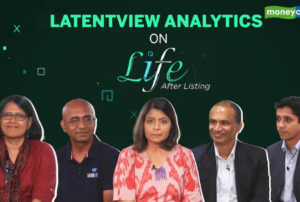Though valuations are a little down since its historic IPO, Sethuraman says LatentView is chugging along smoothly. It’s exploring acquisitions aligned with verticals and geographies it focuses on.
(Re)Think Data
Think LatentView
Services
Technical Expertise
Domain Expertise
Advisory Services
Copyright © 2025 LatentView Analytics.
